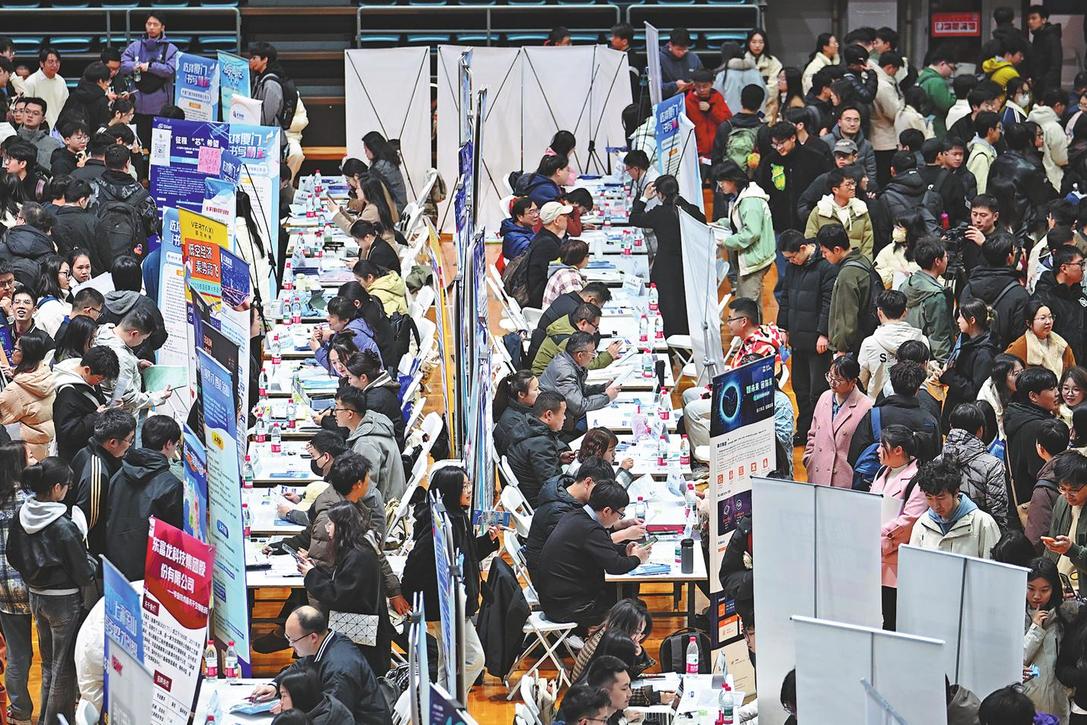China, US can jointly tackle aging problem
As needs grow, private sector can play an important role, expert says

Despite their many differences, China and the United States can collaborate to respond to a world that is aging rapidly and contending with chronic diseases, experts said.
In China and the US, the world's most-populous and third-most populous countries, respectively, officials are experimenting with ways to engage the private sector to tackle the challenges of elderly care.
The countries have policies of public-private collaboration because both have public needs that far outstrip what public services can provide. Moreover, both are "pragmatically eclectic" in how they proceed, said Karen Eggleston, deputy director of the Asia-Pacific Research Center at Stanford University.
Eggleston leads the center's Innovation for Healthy Aging project, which has partnered with Chinese institutions as well as health economists at Peking University and Peking Union Medical College to identify and analyze productive public-private partnerships advancing healthy aging solutions.
It's important to promote healthy aging not only because it saves money. It also enables longer working lives and supports the dignity of the elderly who have contributed to society, said Eggleston.
Globally, the population's aging trend is inevitable due to declining fertility rates and improved survival rates, according to a recent population report of the United Nations. The report projects that the world's population aged 80 years or over will increase more than threefold between 2017 and 2050, rising from 137 million to 425 million.
A recent report by the US Census Bureau projected that the US population aged over 65 would reach 78 million by 2030, surpassing the projected number of children under age 18 for the first time.
The proportion of China's population above 65 years old has increased from 3.76 percent to 8.40 percent since 2010, and the country's total population will begin to decline around 2028, said a report by the Institute of Population and Labor Economics published in 2019.
China has already experienced a demographic transition to relatively low mortality and low fertility, as a result of two generations of family planning policies as well as socioeconomic development and urbanization.
But how well China manages demographic challenges will have a profound impact on what the country will be like and what it can and will do in the decades ahead, Eggleston said. "Investments in healthy aging will be critical if China is to meet public expectations for fuller, longer lives."
The Gonghe senior apartments in Beijing's Chaoyang district might be a model for other nations that are facing the burden of population aging, according to Alan Trager, founder and president of PPP Initiative Ltd, a company that facilitates the development of public-private partnerships to tackle healthcare challenges in Asia.
In the case of the Gonghe nursing home, the local government donated the land and building, and a nonprofit organization operates the facility.
Multisector issue
Aging is a multisector issue that increases demand for healthcare, and other services for long-term care, so a public-private partnership plays a major role in developing integrated solutions to the challenges of population-aging, said Trager.
The challenges of aging populations are exacerbated by the rising prevalence of chronic diseases, which account for the highest financial burden among the elderly, according to Eggleston.
"Additional investments in controlling chronic disease could enhance the working capabilities and quality of life of China's elderly," she said.
Because hypertension and cancer are two of the most common chronic diseases, Eggleston's project at Stanford analyzes the value of hypertension control in China, using data from the China Health and Nutrition Survey, the China Health and Retirement Longitudinal Study and detailed patient-level data from partner institutions.
Today's Top News
- UN envoy calls on Japan to retract Taiwan comments
- Innovation to give edge in frontier sectors
- Sanctions on Japan's former senior official announced
- Xi stresses importance of raising minors' moral standards
- Coordinated reform key to country's growth
- Shandong gives new life to traditions





























